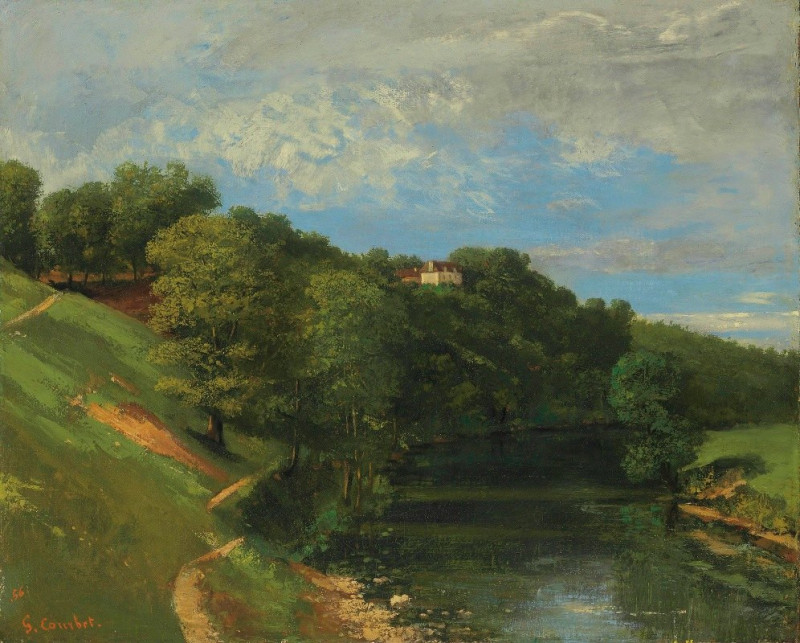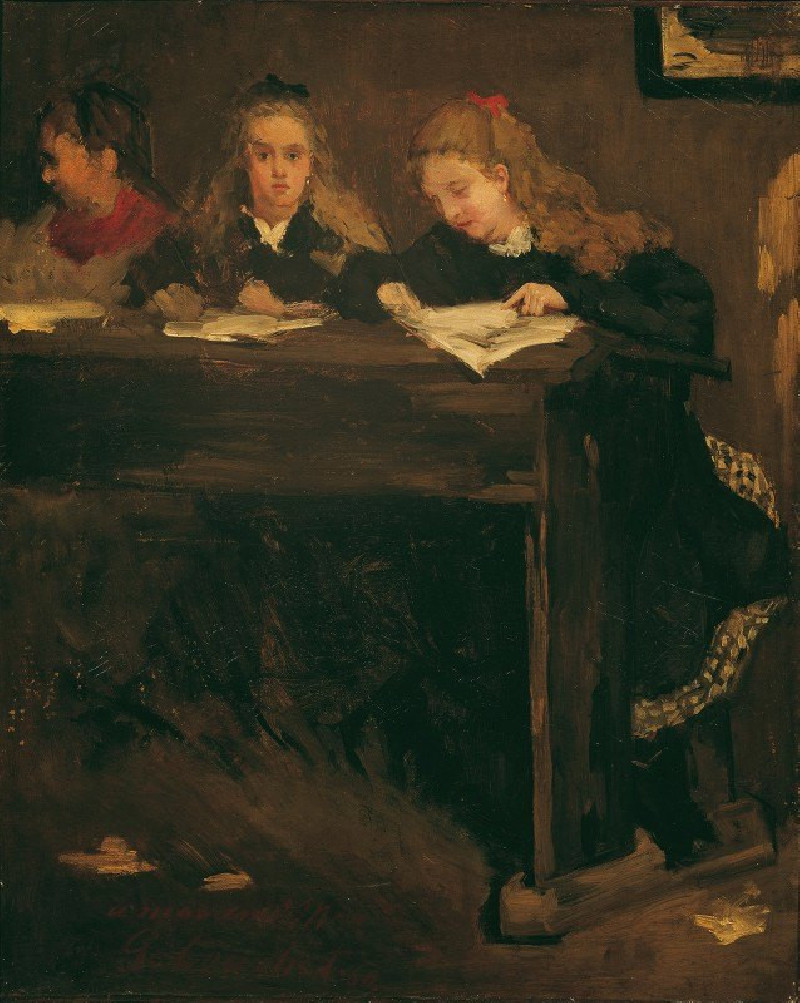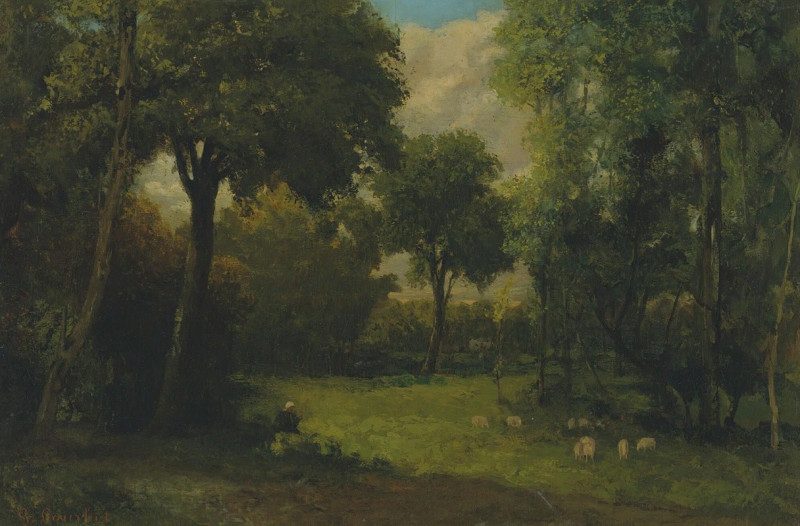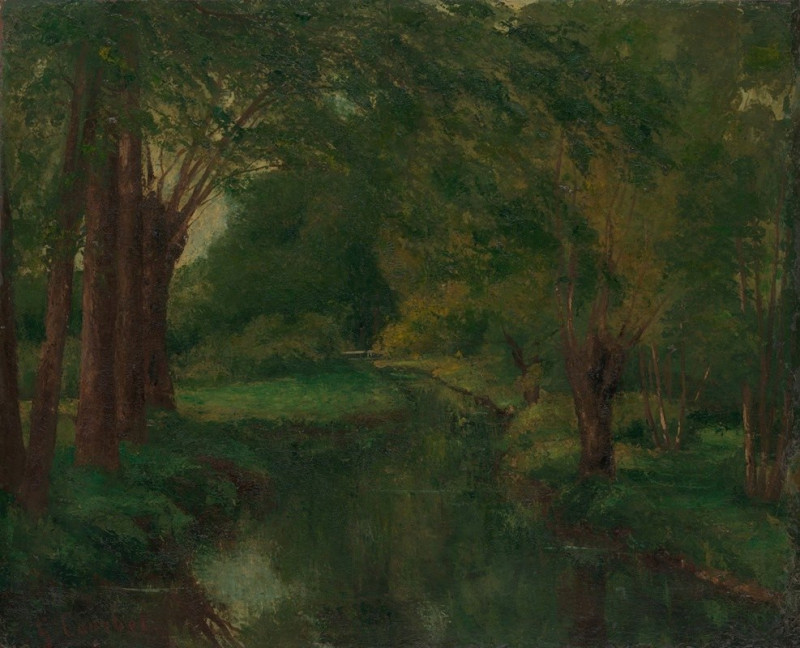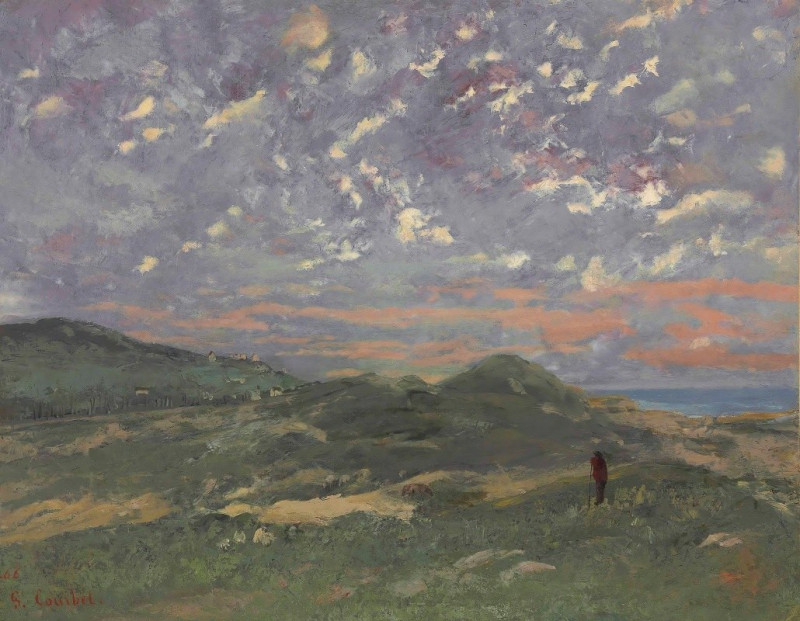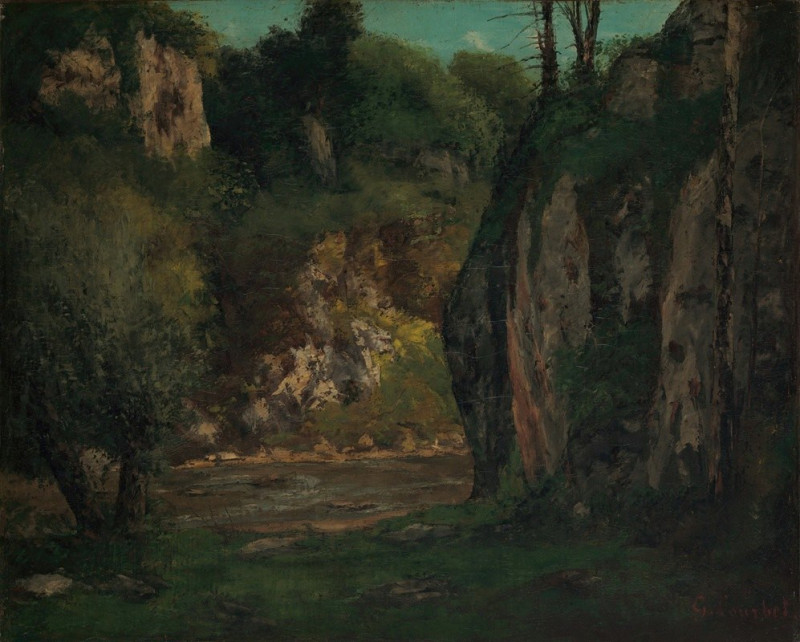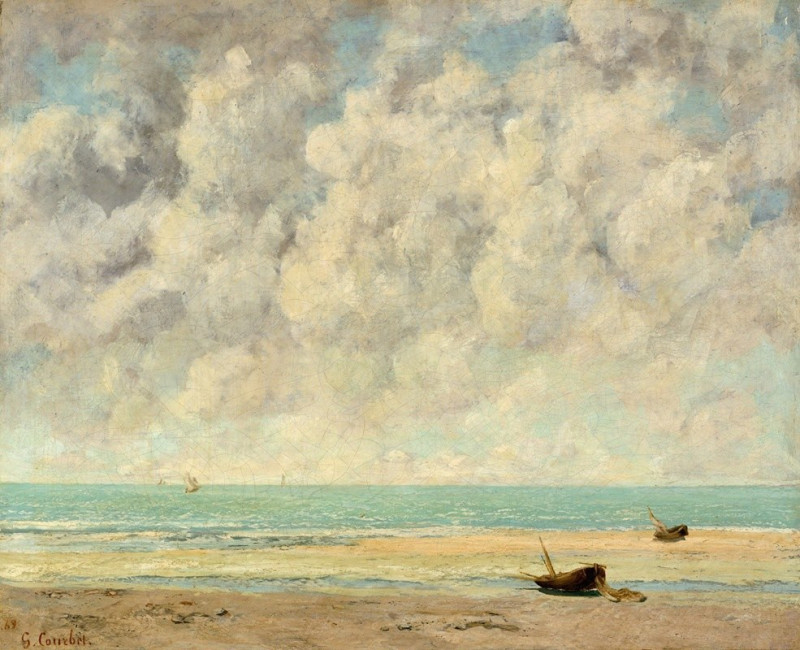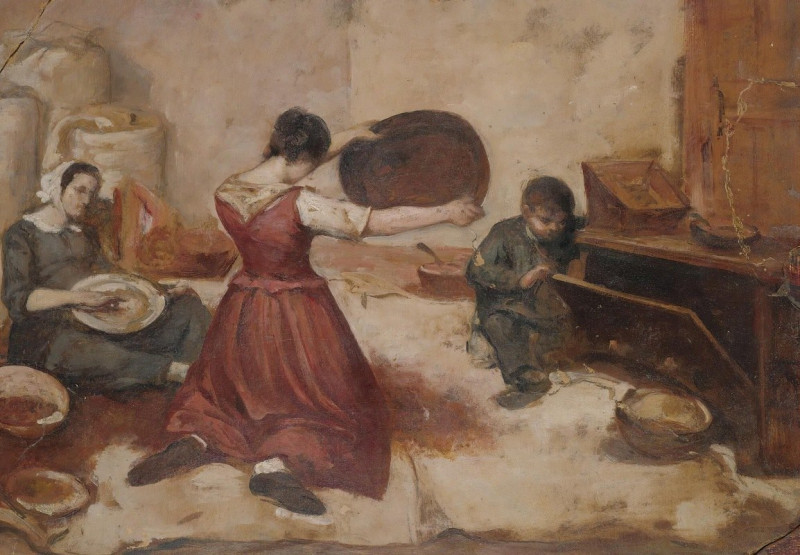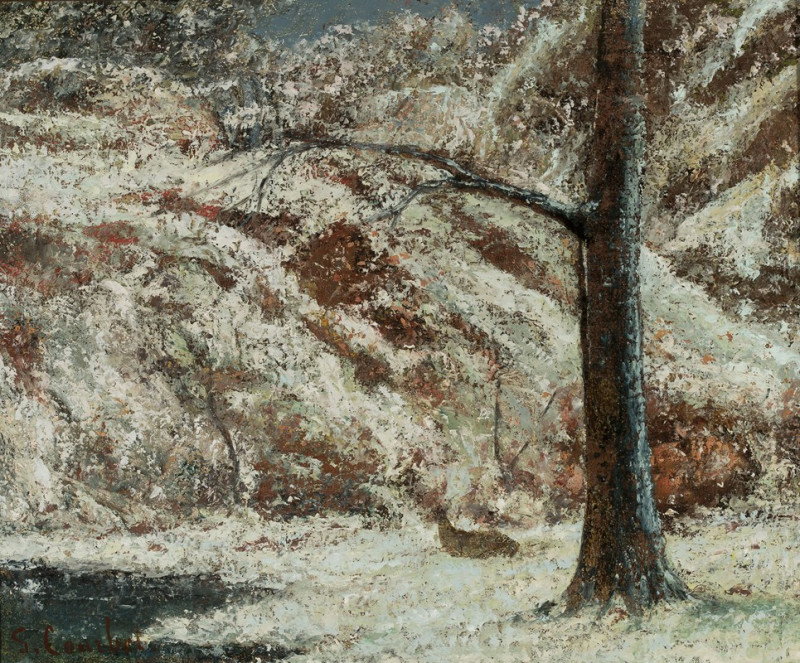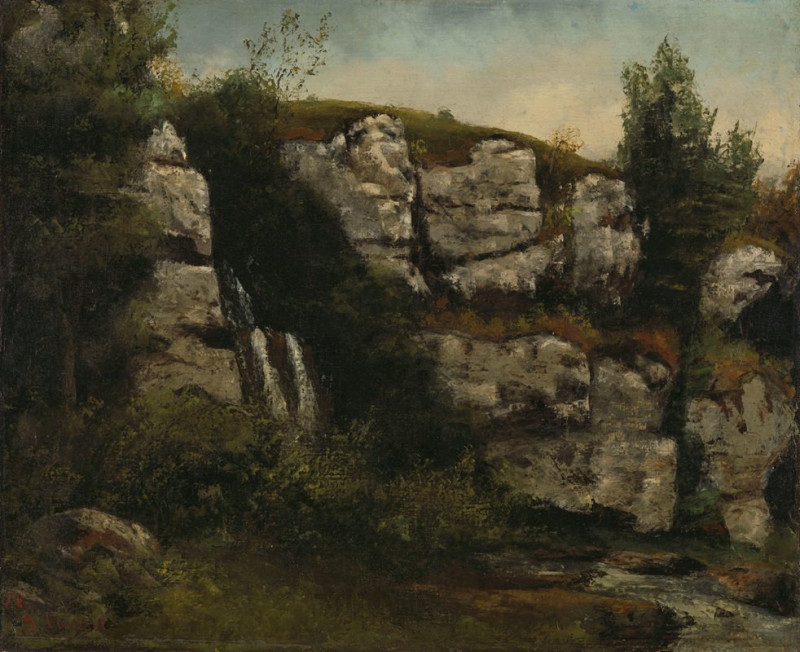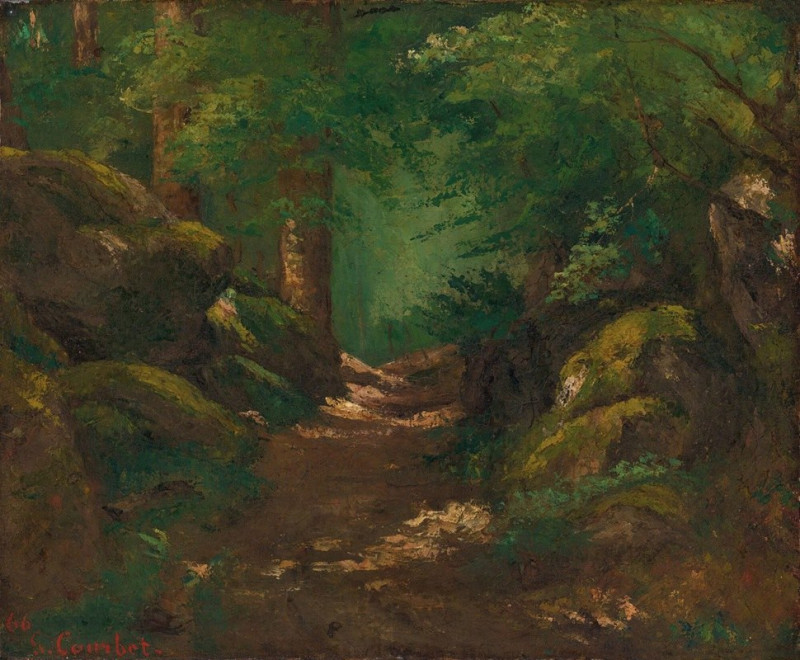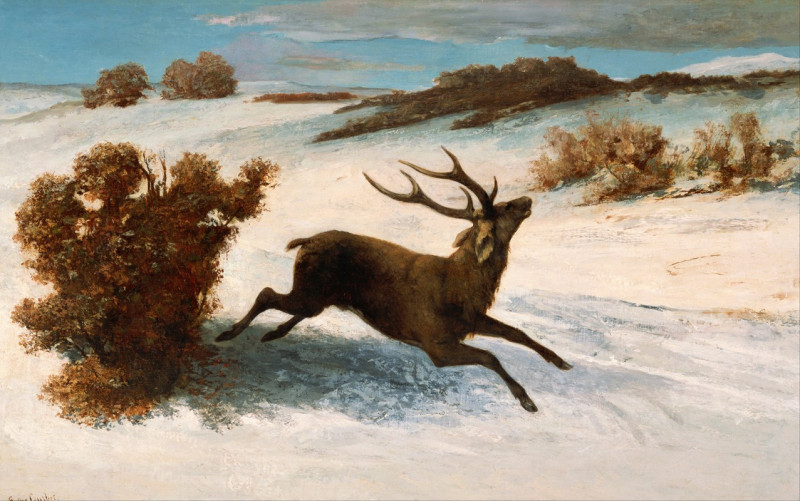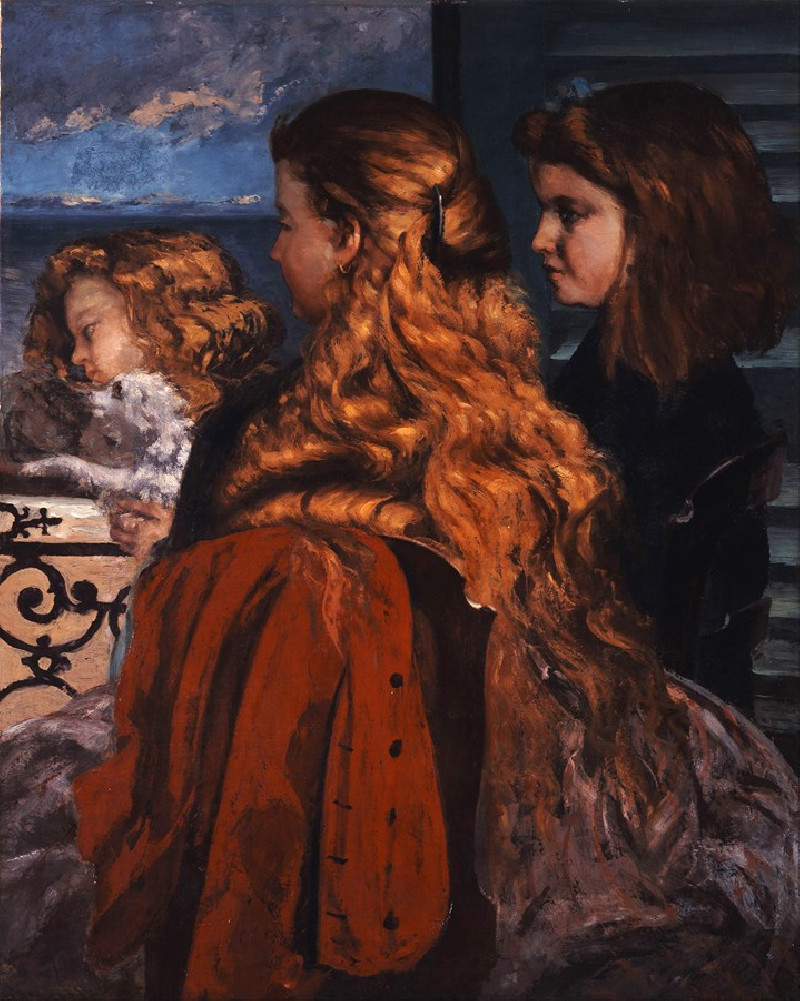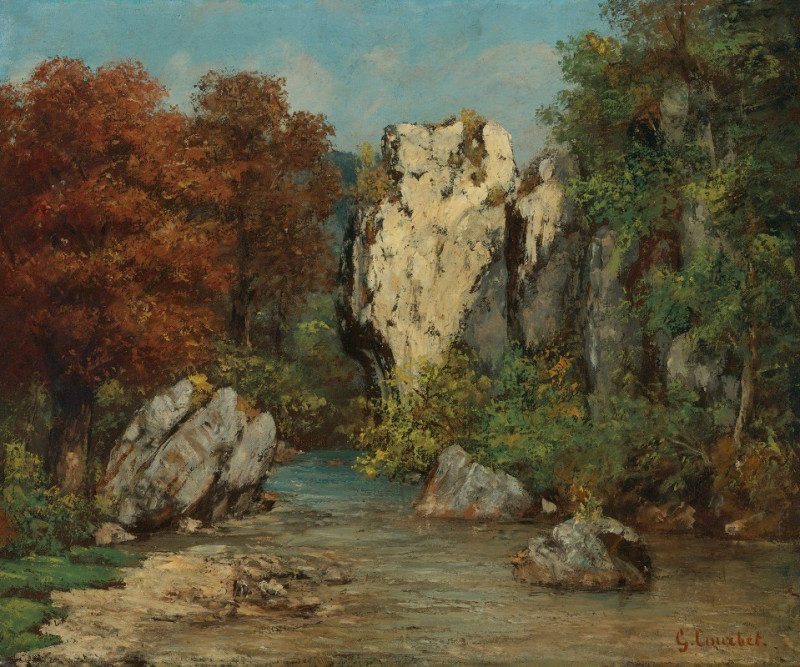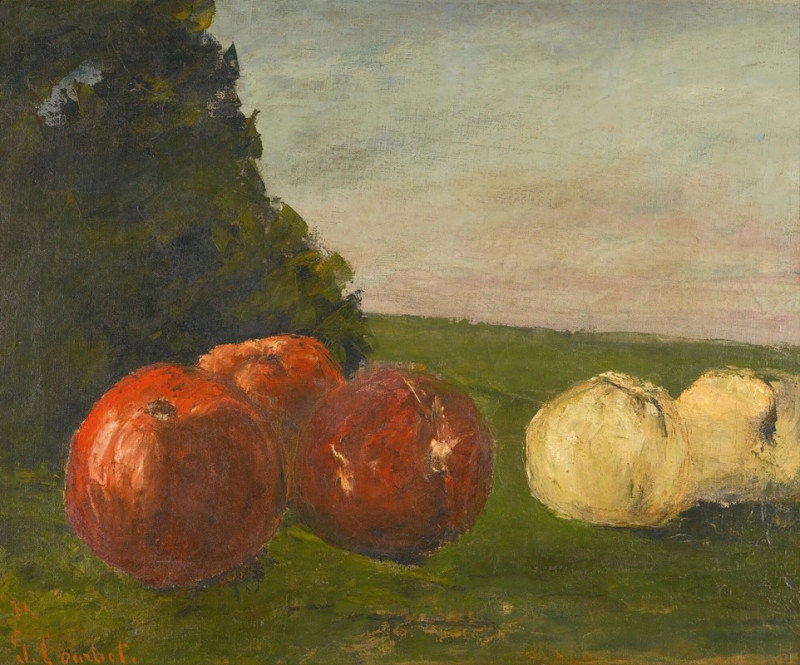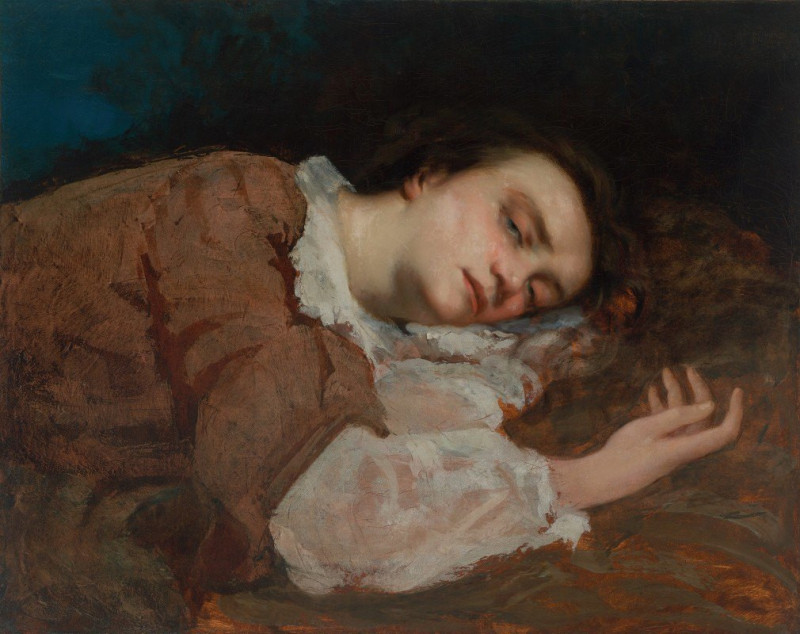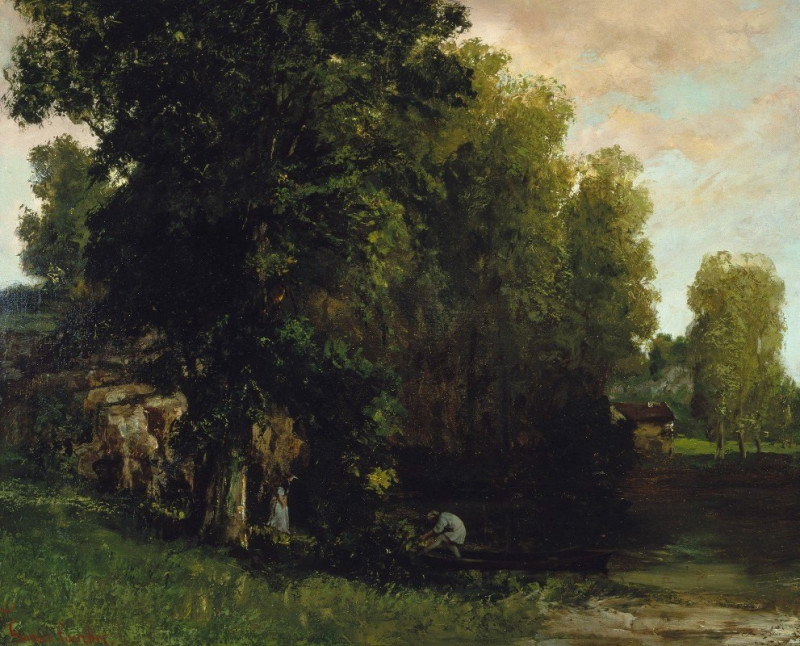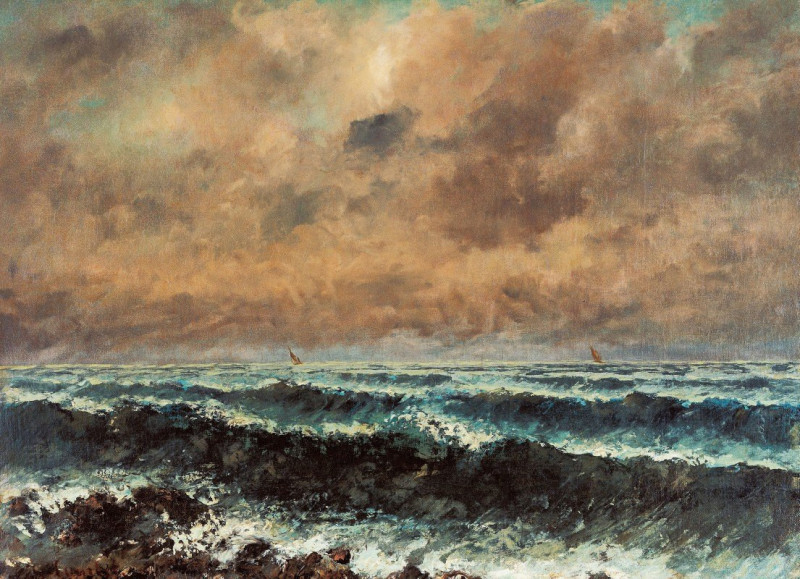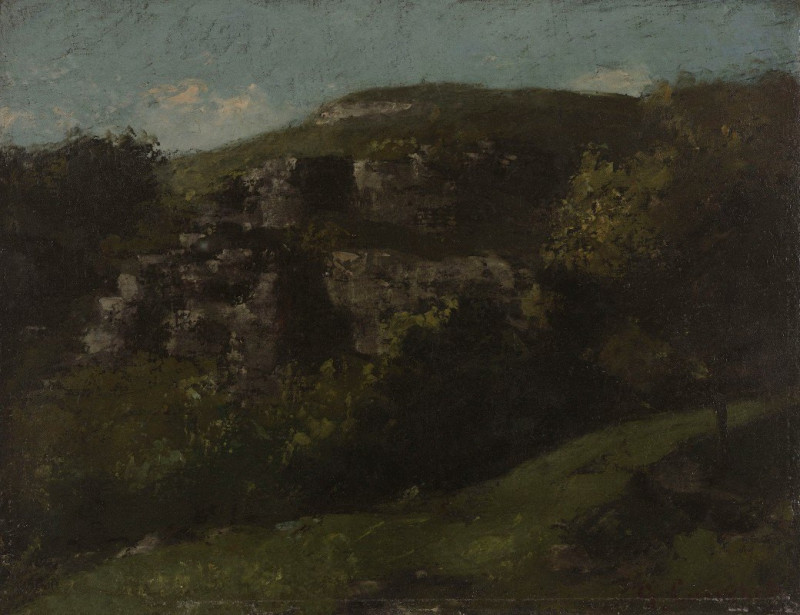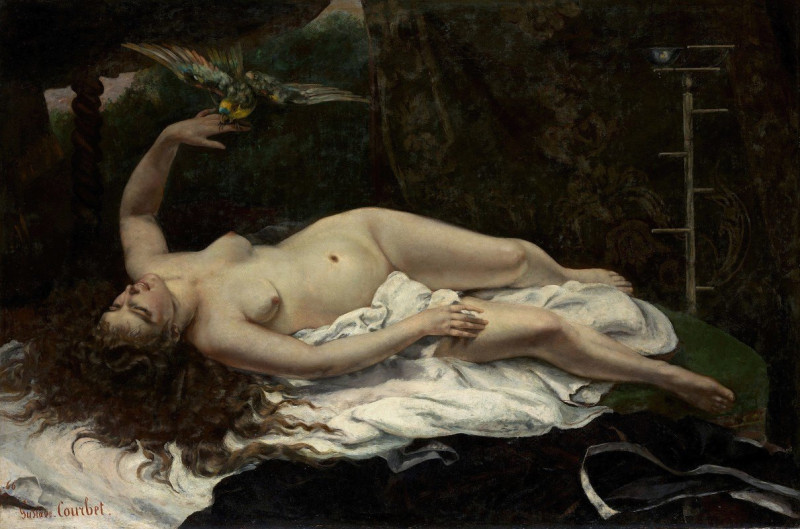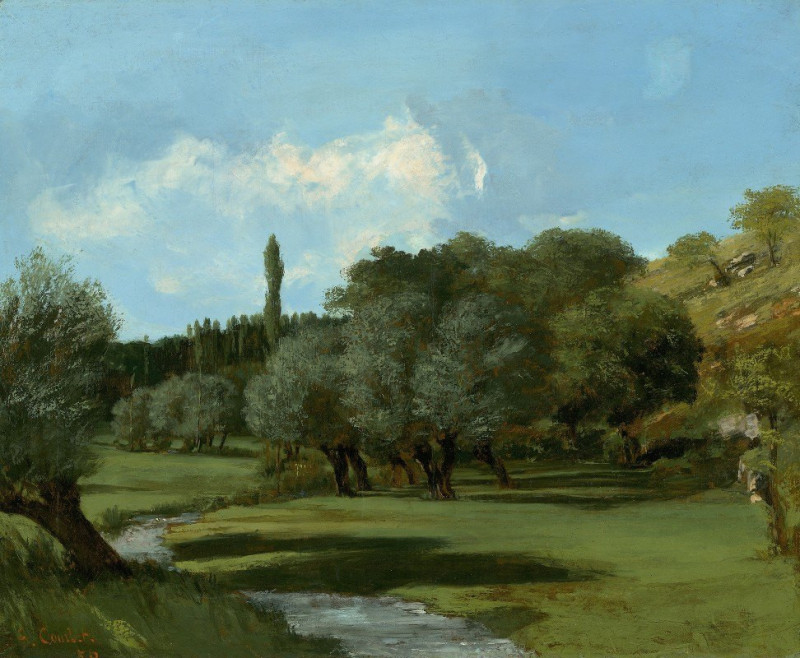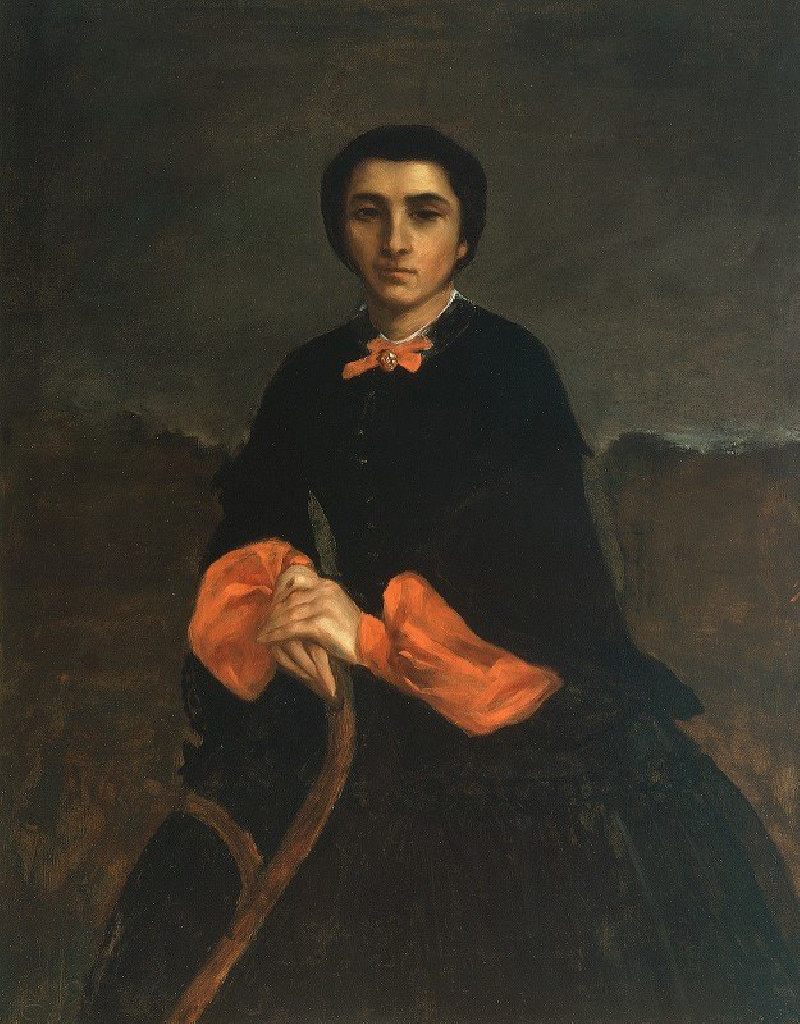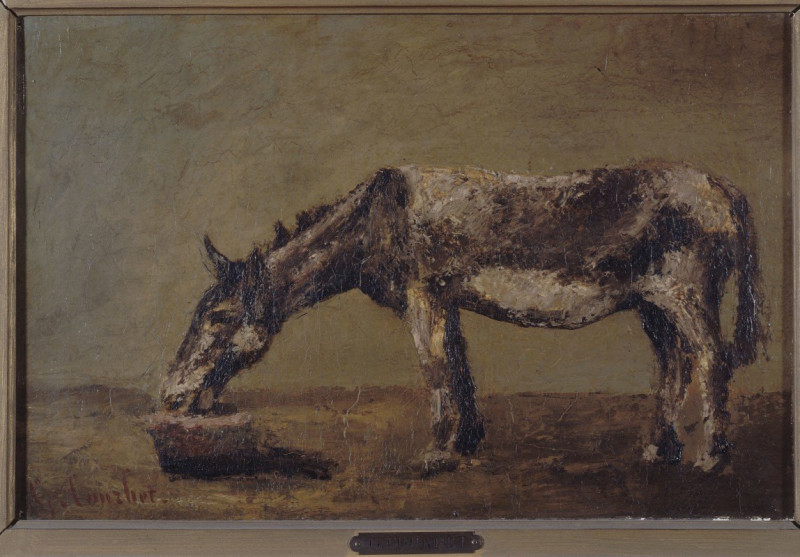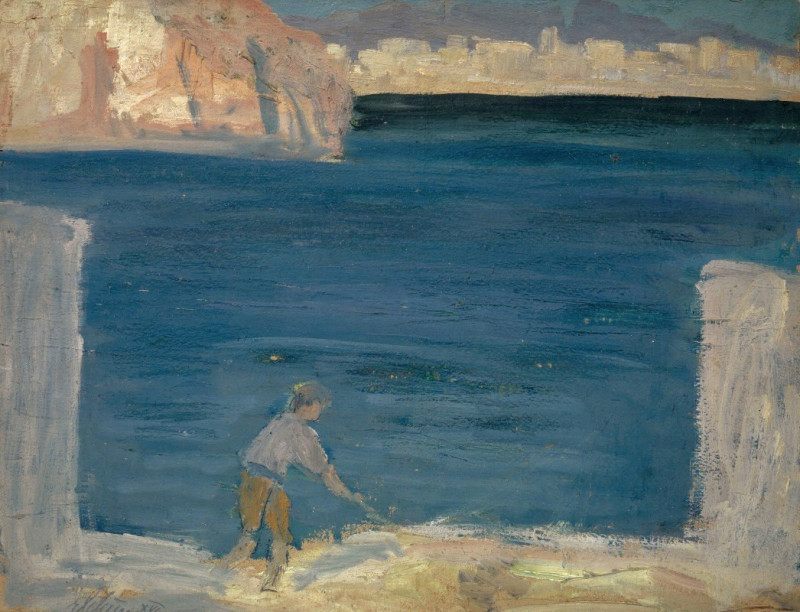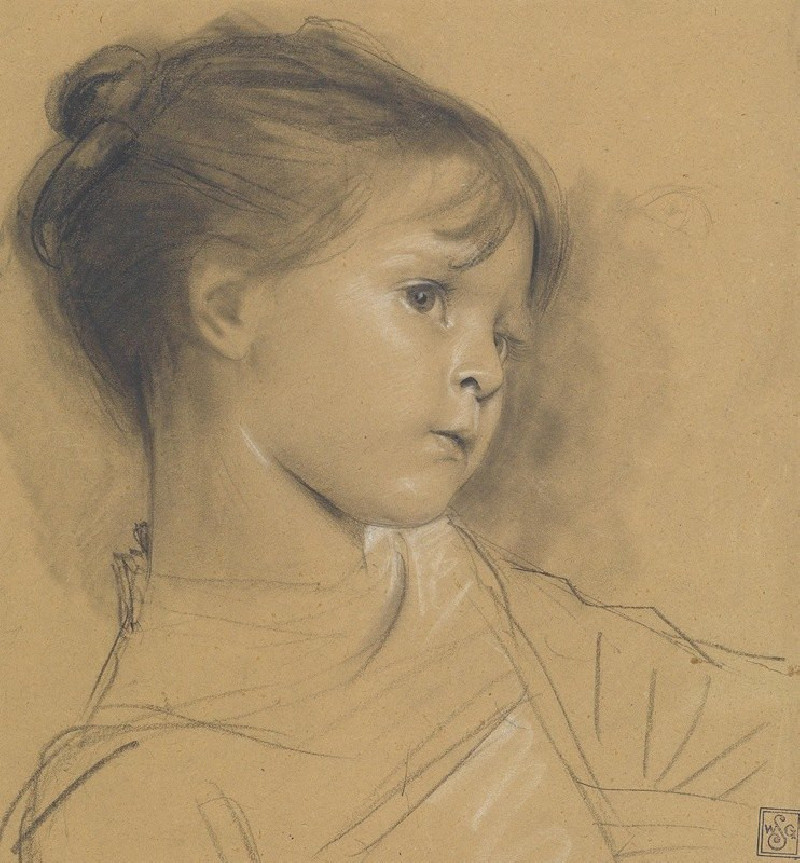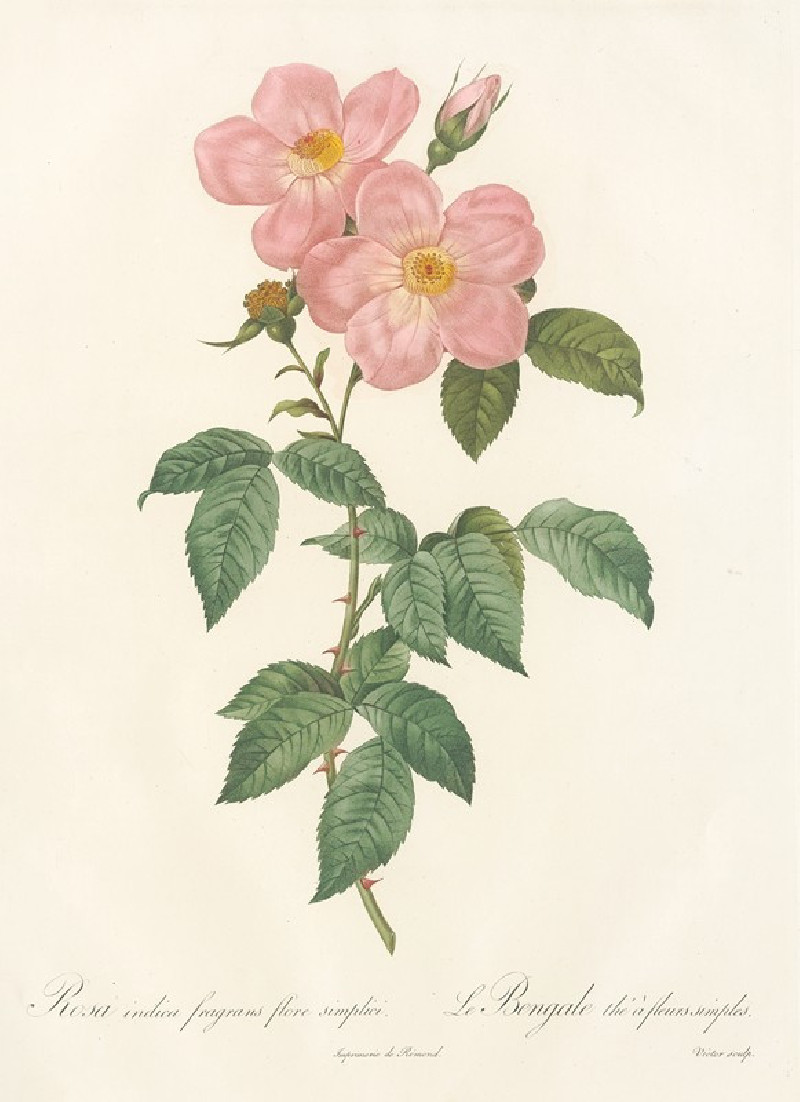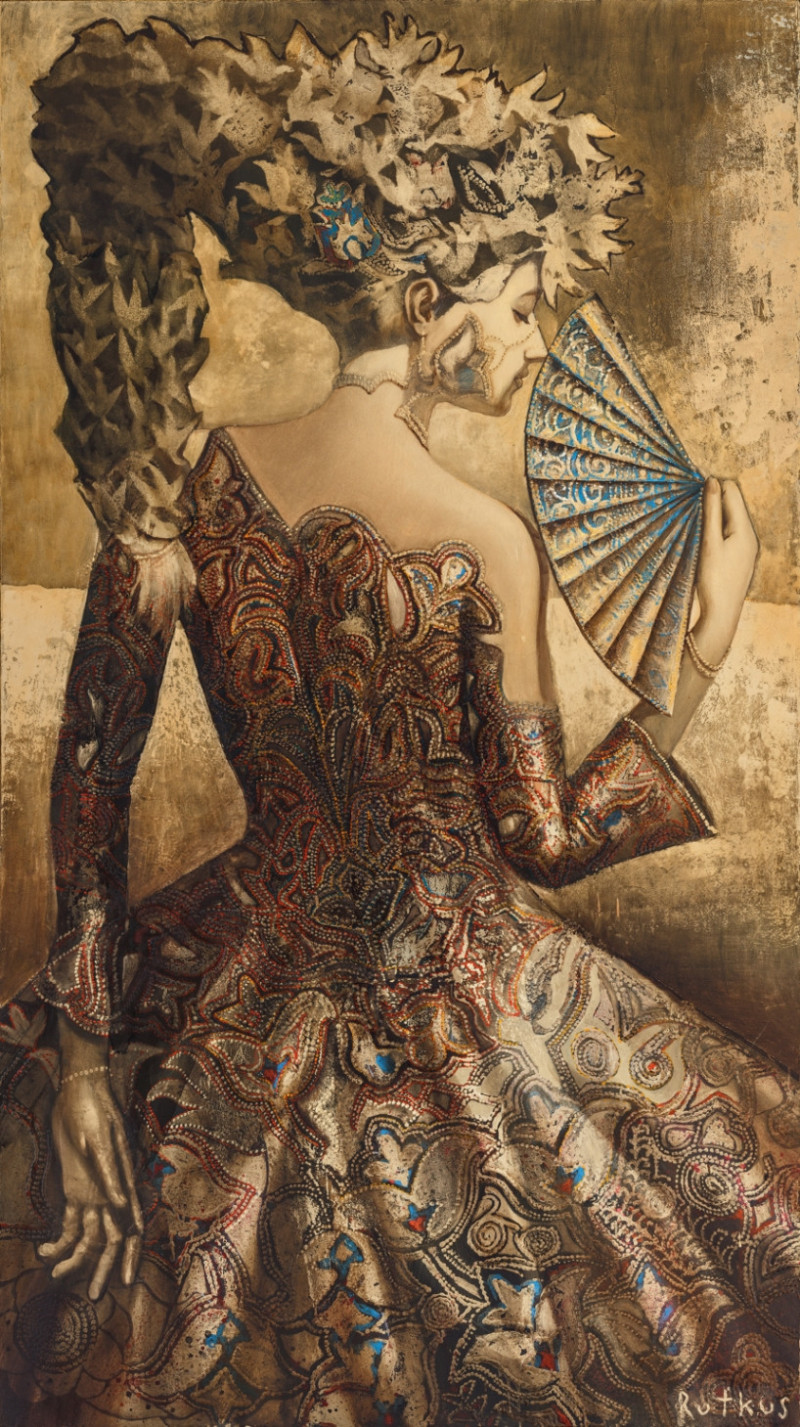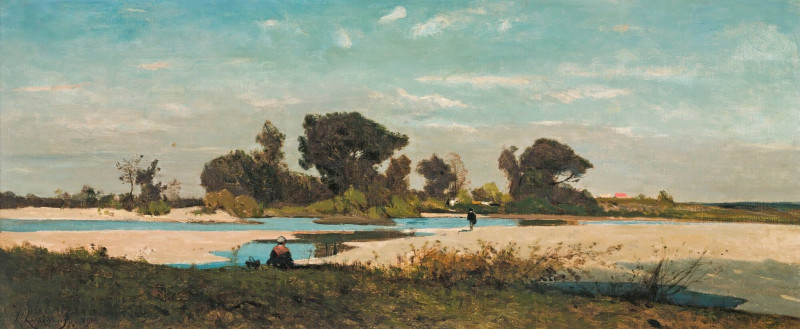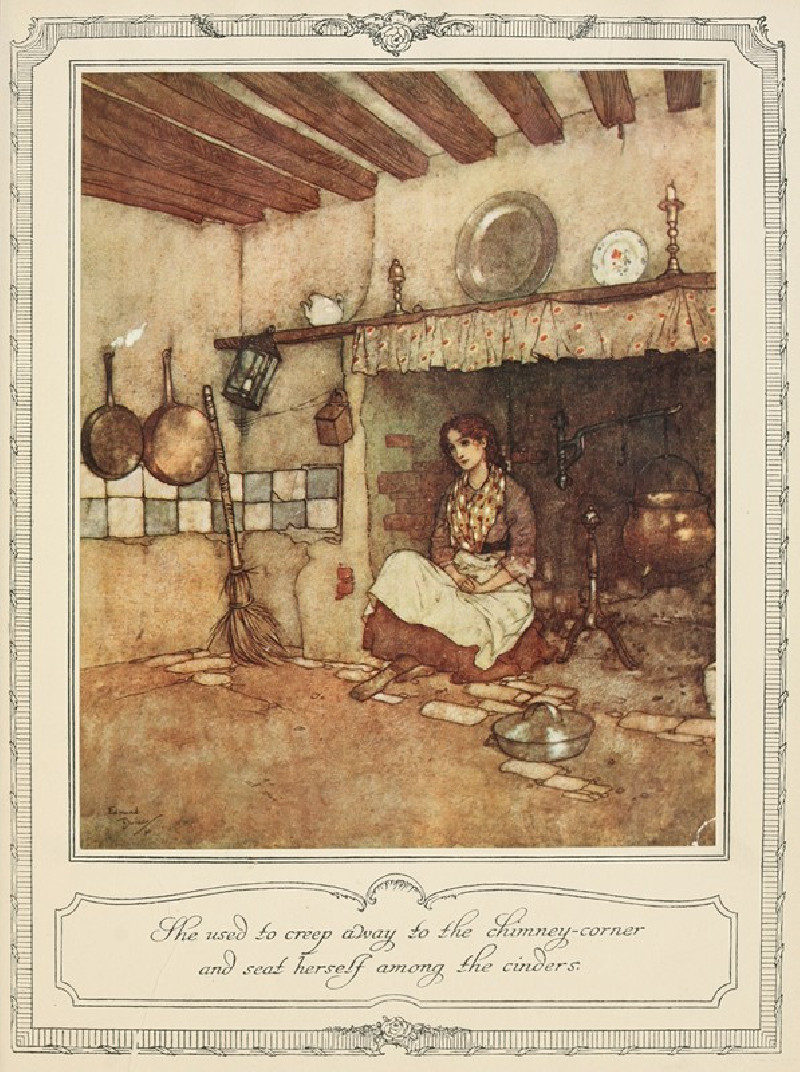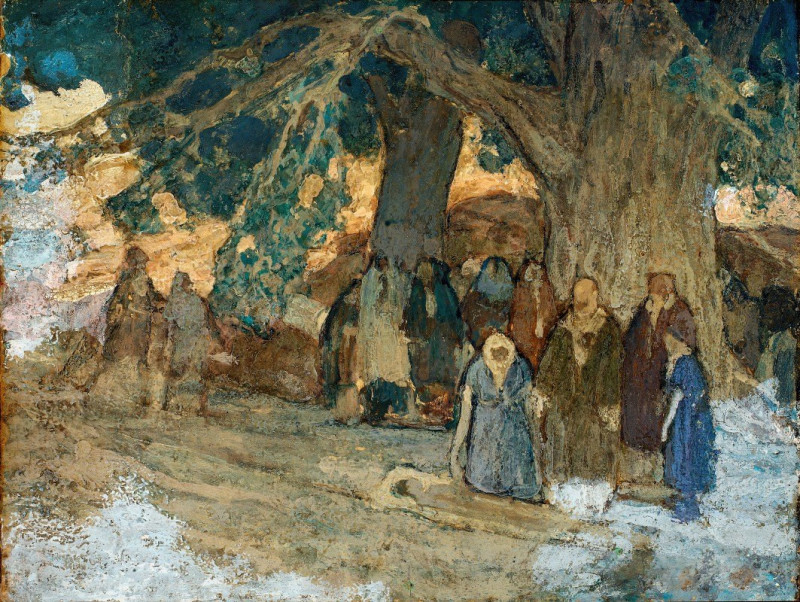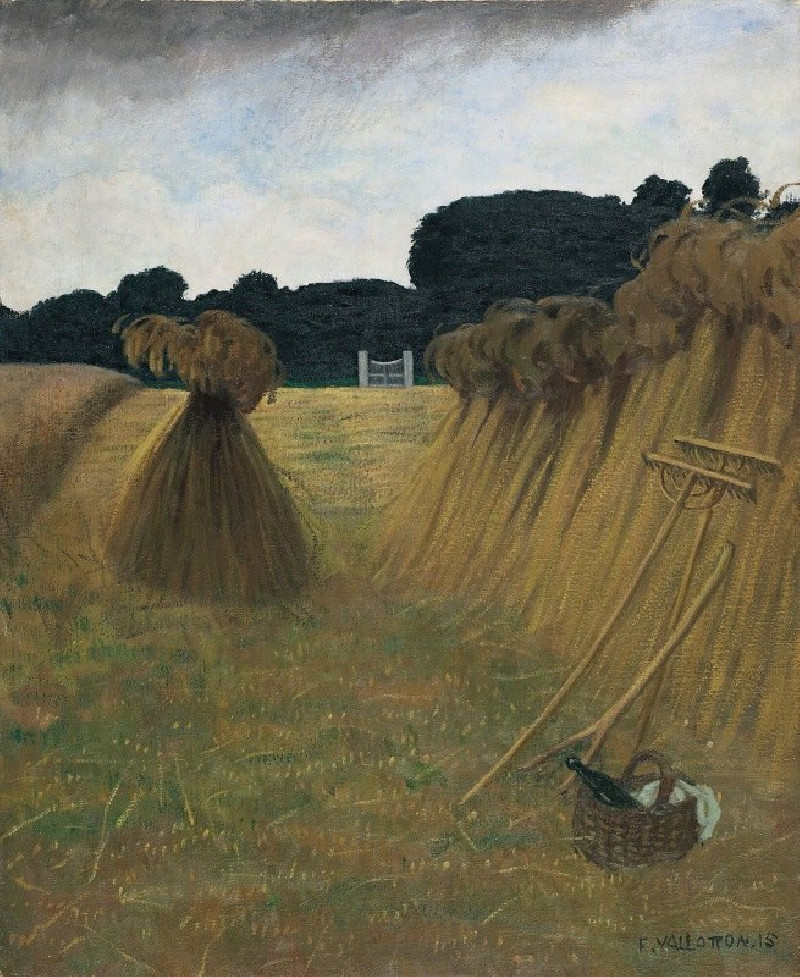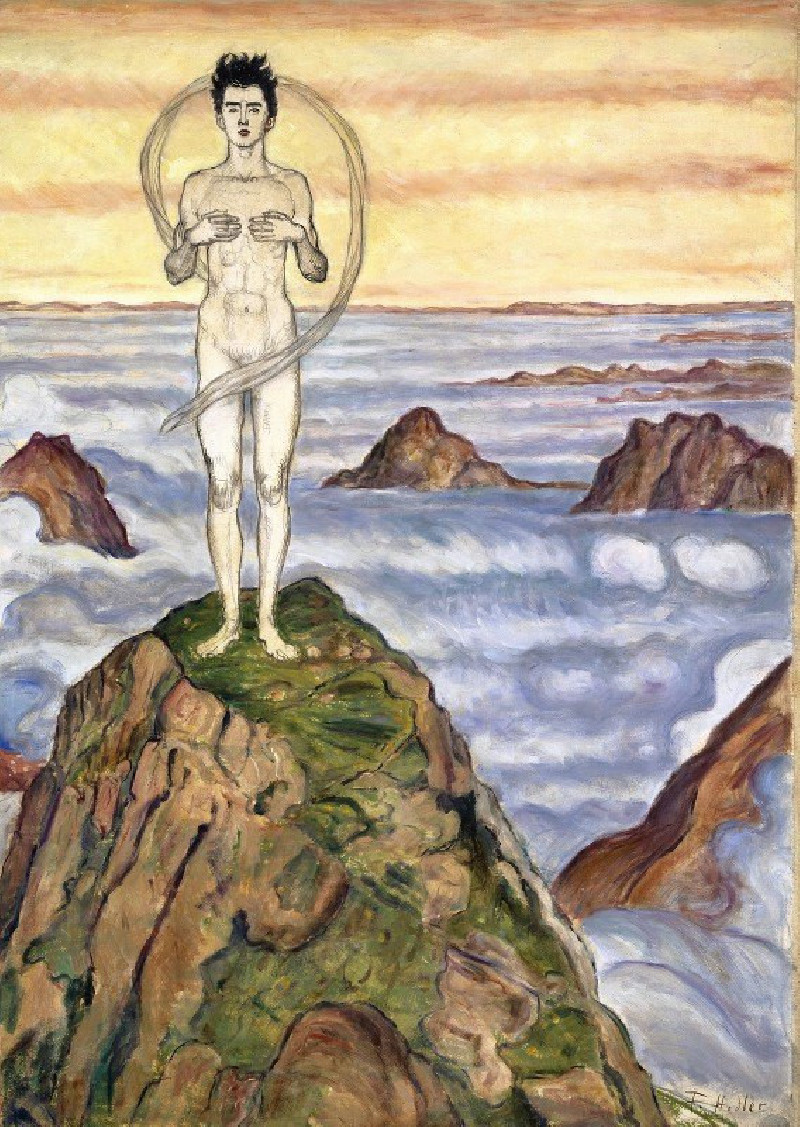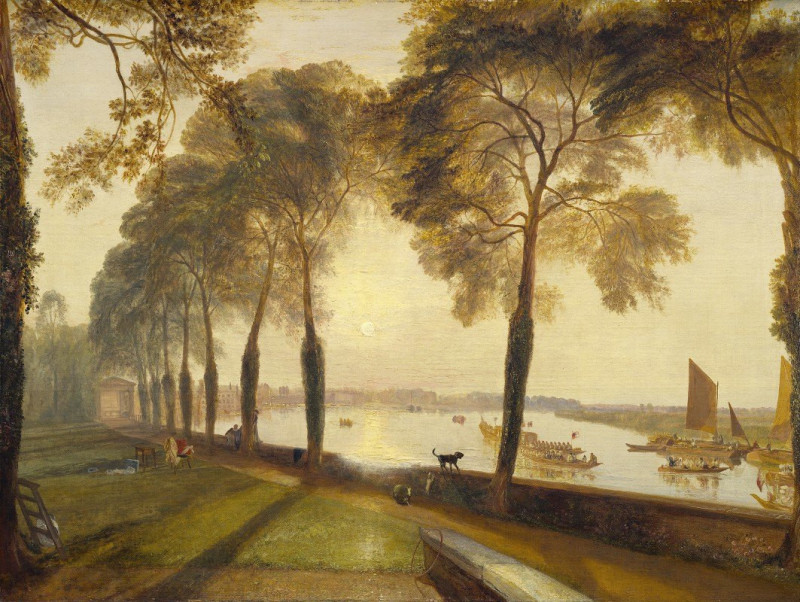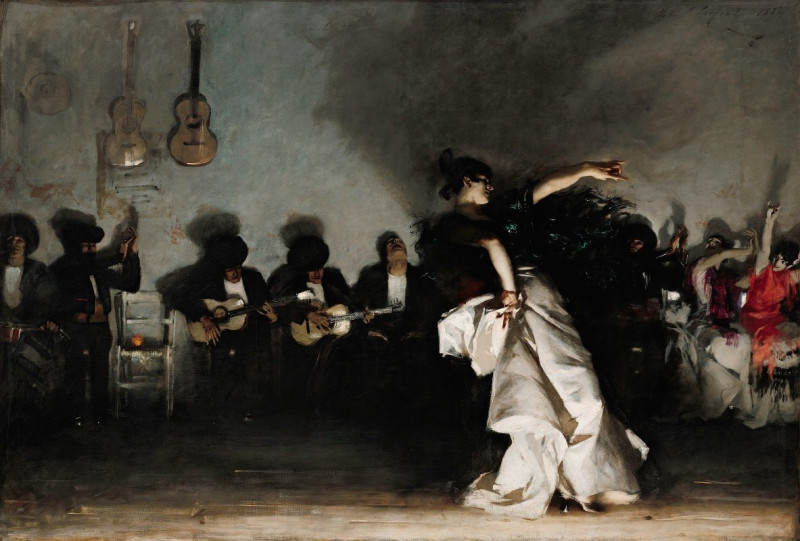Château Au Bord De La Rivière (1856)
Technique: Giclée quality print
Recommended by our customers
More about this artwork
Gustave Courbet, a pivotal figure in the Realism movement, captures the serene beauty of a landscape in his 1856 painting, "Château Au Bord De La Rivière," which translates to "Castle by the River." This work of art masterfully depicts a tranquil scene of a small château perched atop a lush, verdant hillside, overlooking a gentle river that meanders through the foreground.The painting is suffused with a sense of peaceful solitude. The river, reflecting the sky and foliage, creates a shimmering ribbon through the landscape, adding a dynamic contrast to the solidity of the château in the distance. Courbet's use of rich greens and earth tones vividly conveys the vitality of the natural setting, while the quiet sky, filled with light clouds, overlays the scene with a calm, expansive atmosphere.In true Realist form, Courbet eschews idealization. Instead, he renders the scene with a fidelity to the ordinary yet picturesque details of the landscape. The painting invites viewers to appreciate the simple elegance of rural life, untouched by grandiosity or romantic embellishment."Château Au Bord De La Rivière" is not just a visual experience; it is a reminder of the quiet majesty that nature holds, captured through the discerning eyes of one of the 19th century’s most influential artists.
Delivery
Returns
Jean Désiré Gustave Courbet (10 June 1819 – 31 December 1877) was a French painter who led the Realism movement in 19th-century French painting. Committed to painting only what he could see, he rejected academic convention and the Romanticism of the previous generation of visual artists. His independence set an example that was important to later artists, such as the Impressionists and the Cubists. Courbet occupies an important place in 19th-century French painting as an innovator and as an artist willing to make bold social statements through his work.

